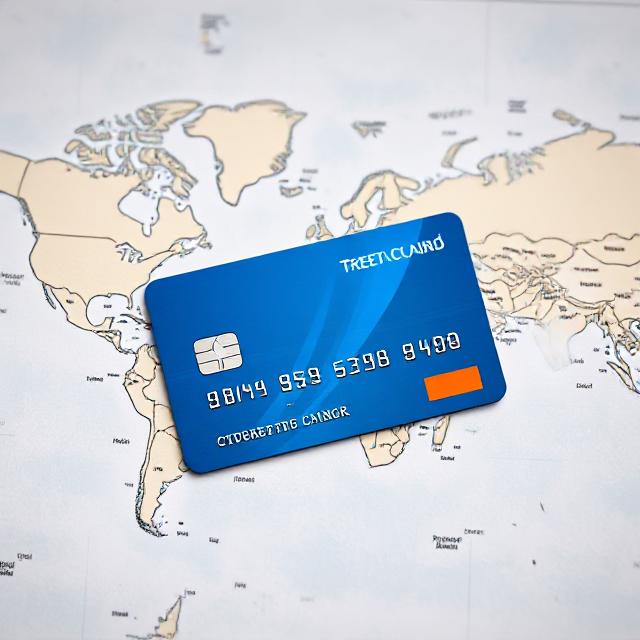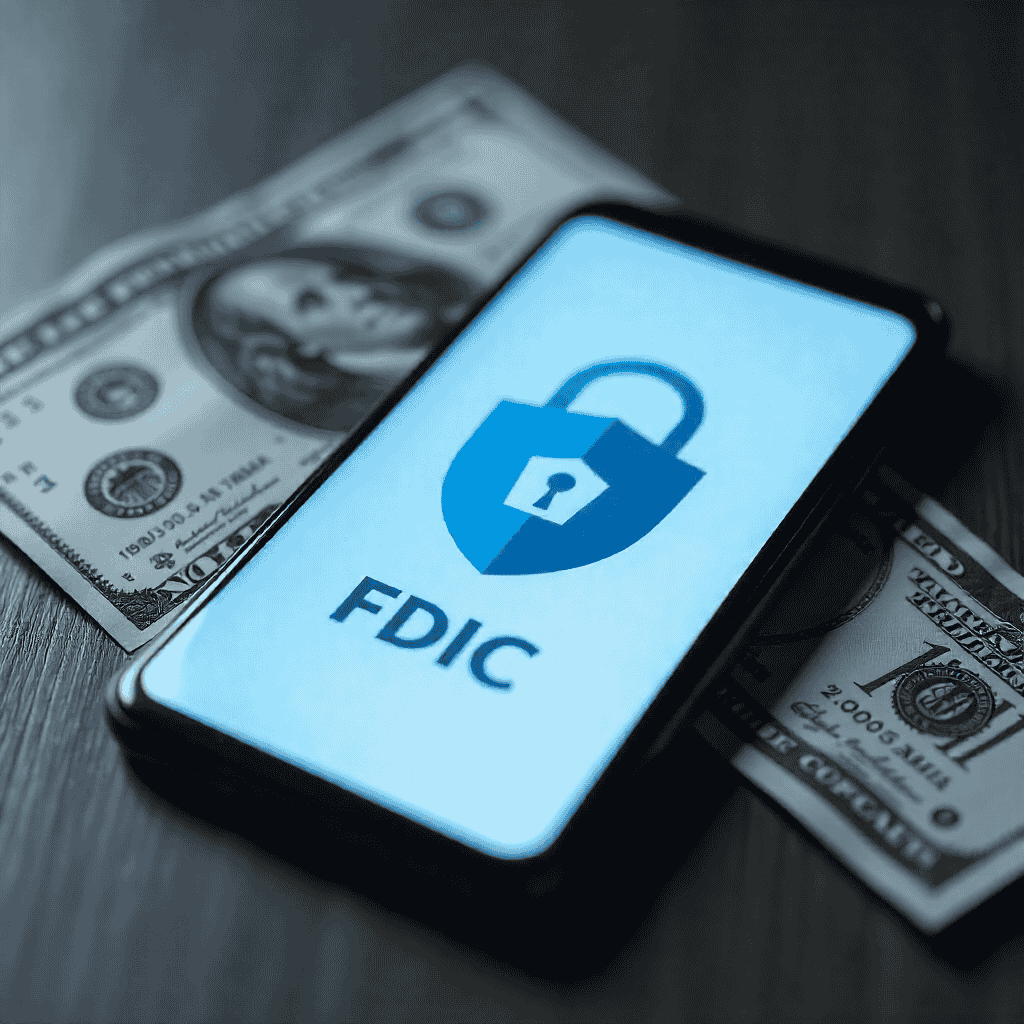
Traveling internationally is exciting, but hidden costs like foreign transaction fees can make trips more expensive than expected. Luckily, many U.S. credit cards now waive these fees. In this detailed guide, we cover the best credit card without international fees, how to choose them, ways to maximize rewards, real-world examples, and government resources to protect your finances.
Table of Contents
- Understanding Foreign Transaction Fees
- Why Foreign Transaction Fees Matter
- Top U.S. Credit Cards Without Foreign Transaction Fees
- Comparison Table: Best No-Fee Cards
- How to Choose the Right Card for You
- Real-World Travel Scenarios
- Maximizing Rewards and Benefits
- Tips for Smart International Spending
- Government Resources for Credit Card Users
- FAQs About Foreign Transaction Fees
- Conclusion
Understanding Foreign Transaction Fees
Foreign transaction fees are charged when you use a credit card abroad or in a foreign currency. Most U.S. credit cards impose 1–3% fees per transaction. For example, a $1,000 hotel stay in Europe could cost an extra $30 in fees.
The Consumer Financial Protection Bureau (CFPB) advises comparing credit card offers carefully, including fees, interest rates, and protections (CFPB.gov).
Why they Exist:
- Card issuers pay currency conversion fees.
- Banks pass a portion of these fees to cardholders.
- Travelers unaware of these fees can accumulate hundreds of dollars in extra costs.
The Federal Trade Commission (FTC) highlights that hidden fees are avoidable with proper planning (FTC.gov).
Why Foreign Transaction Fees Matter
- Frequent travelers: Fees add up on dining, shopping, hotels, and car rentals.
- Online international purchases: Buying from foreign retailers also triggers fees.
- Budgeting: Knowing which cards waive fees helps manage travel expenses effectively.
Government guidance: The FDIC suggests monitoring your account statements for international fees to prevent surprises (FDIC.gov).
Top U.S. Credit Cards Without Foreign Transaction Fees
Here’s a detailed look at the leading no-foreign-fee cards for U.S. residents:
1. Chase Sapphire Preferred® Card
- Annual Fee: $95
- Rewards: 2x points on travel/dining, 1x on other purchases
- Sign-Up Bonus: 75,000 points after $4,000 in first 3 months
- Foreign Transaction Fees: None
- Extra Benefits: Trip cancellation insurance, rental car protection
Example: Booking a €2,000 vacation in Spain would save $60 in foreign fees compared to a card with a 3% fee. CFPB guidance supports checking each card’s terms for protections (CFPB.gov).
2. Capital One Venture Rewards Credit Card
- Annual Fee: $95
- Rewards: 2x miles per dollar on all purchases
- Sign-Up Bonus: 75,000 miles after $4,000 spend in 3 months
- Foreign Transaction Fees: None
- Extra Benefits: Global Entry/TSA PreCheck fee credit (tsa.gov), travel accident insurance
Real scenario: Purchasing €500 in souvenirs in France would cost $0 in foreign fees, compared to $15 on a traditional card.
3. Citi® / AAdvantage® Platinum Select® World Elite Mastercard®
- Annual Fee: $99 (first year waived)
- Rewards: 2x American Airlines miles, 1x elsewhere
- Foreign Transaction Fees: None
- Extra Benefits: First checked bag free, preferred boarding
Government Tip: FDIC recommends reviewing airline perks and fees before applying for travel cards (FDIC.gov).
4. Bank of America® Travel Rewards Credit Card
- Annual Fee: $0
- Rewards: 1.5 points per dollar
- Sign-Up Bonus: 25,000 points after $1,000 spend in 90 days
- Foreign Transaction Fees: None
- Extra Benefits: No annual fee, rewards on every purchase
Practical Tip: Use for frequent online purchases from foreign retailers. Treasury guidance on payment safety is recommended (treasury.gov).
5. American Express® Gold Card
- Annual Fee: $250
- Rewards: 3x points on dining, 3x on flights booked directly, 1x elsewhere
- Foreign Transaction Fees: None
- Extra Benefits: Dining credits, baggage insurance, purchase protection
Government Resource: GSA SmartPay offers guidance for travel-related card use (gsa.gov).
Comparison Table: Best No-Fee Cards
| Card | Annual Fee | Foreign Fees | Rewards | Key Benefits |
|---|---|---|---|---|
| Chase Sapphire Preferred® | $95 | None | 2x travel/dining | Trip insurance, rental coverage |
| Capital One Venture | $95 | None | 2x miles | TSA/Global Entry credit |
| Citi® AAdvantage® | $99 | None | 2x airline miles | First bag free, boarding perks |
| Bank of America Travel Rewards | $0 | None | 1.5x points | No annual fee, simple rewards |
| Amex Gold | $250 | None | 3x dining, 3x flights | Dining credits, baggage insurance |
How to Choose the Right Credit Card without International Fees
- Evaluate Spending Categories: CFPB recommends matching card rewards to your most common purchases (CFPB.gov).
- Check Annual Fees vs. Rewards: Some premium cards like Amex Gold have higher fees but greater travel benefits.
- Review Travel Protections: The FDIC highlights the importance of trip insurance and purchase protection (FDIC.gov).
Real-World Travel Scenarios
Scenario 1: European Vacation
- Booking hotels and flights totaling €3,000.
- Using a card with 3% foreign fees: $90 extra.
- Using no-foreign-fee card: $0 extra.
Government tip: CFPB advises comparing costs and benefits for international purchases (CFPB.gov).
Scenario 2: Online Shopping from Japan
- Purchasing electronics worth ¥200,000.
- Traditional card: $40 in fees.
- No-fee card: $0.
Scenario 3: TSA/Global Entry Benefit
- Capital One Venture reimburses application fee (~$100).
- TSA PreCheck helps save time at airports (tsa.gov).
Maximizing Rewards and Benefits
- Book through Travel Portals: Some cards offer bonus points.
- Pay in Local Currency: Avoid dynamic conversion fees (CFPB.gov).
- Track Rewards: Monitor statements to ensure points are credited correctly (FTC.gov).
Tips for Smart International Spending
- Notify Your Bank to avoid flagged transactions (FDIC.gov).
- Carry Multiple Cards in case one is lost or not accepted.
- ATM Withdrawals: Use affiliated banks to reduce fees (treasury.gov).
- Avoid Airport Exchanges: Use bank or credit card purchases for better rates (CFPB.gov).
FAQs About Credit Card Without International Fees
Q1: Can I avoid foreign fees entirely?
Yes, by using a credit card specifically designed with no foreign transaction fees (CFPB.gov).
Q2: Are there other hidden travel fees?
Yes, check ATM withdrawals, dynamic currency conversion, and annual fees (FTC.gov).
Q3: Is it safe to pay online internationally?
Using government and card security guidance reduces risk (FDIC.gov).
Conclusion
Choosing a U.S. credit card without foreign transaction fees is essential for travelers to save money and gain rewards. By comparing top cards, understanding real-world scenarios, and leveraging government resources, you can make smarter financial decisions while traveling abroad.
Tip: Regularly check CFPB, FDIC, and FTC updates for the latest credit card guidance (CFPB.gov, FDIC.gov, FTC.gov).
READ MORE:
- Best Credit Cards for Fair Credit: Build, Earn, and Level Up
- How to Get a Credit Card with No Credit History: Step-by-Step (U.S.)





























2 comments on “The Complete Guide to U.S. Credit Card Without International Fees”